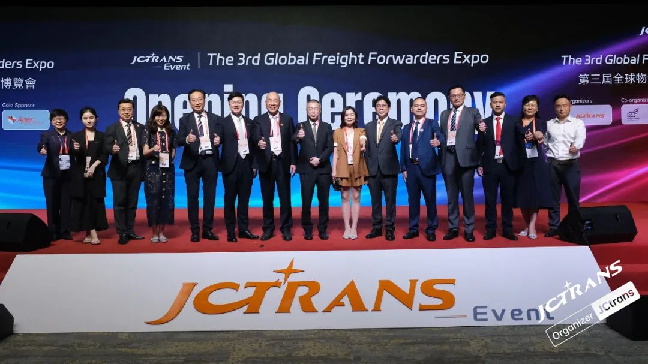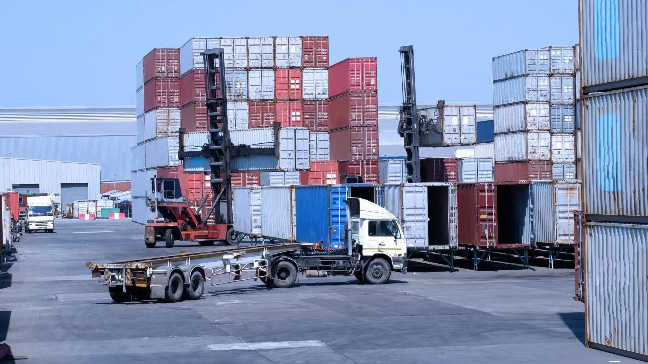




Generally, when exporting, the main concerns of enterprises in the process of loading are cargo data error, cargo damage and data inconsistent with the customs declaration data, which leads to the customs will not release.Therefore, before loading, the consignor, warehouse and freight forwarder must coordinate carefully to avoid the occurrence of this situation.
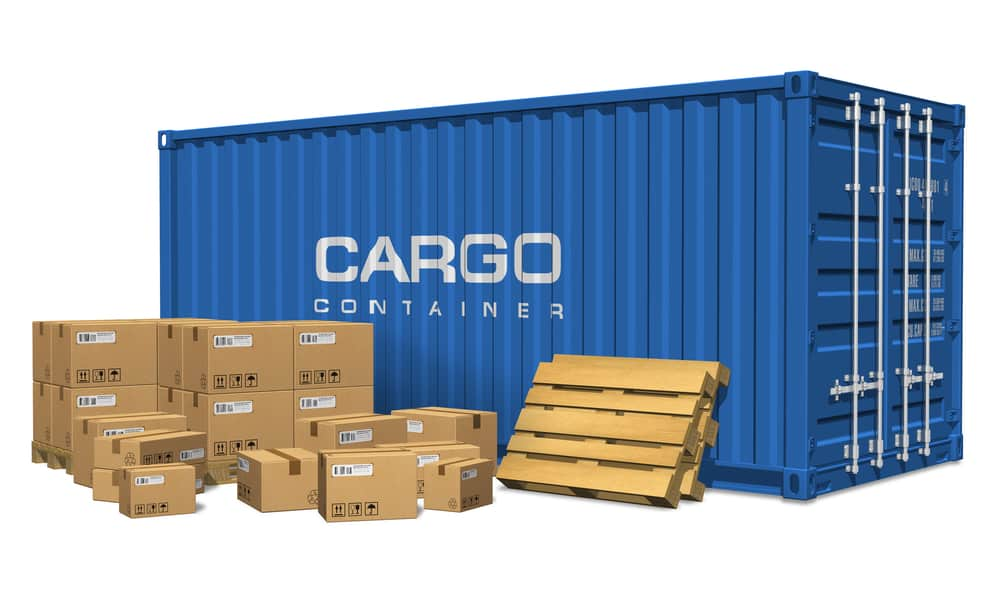
The following for you to explain what are the skils of the container loading.
1. Cargoes with different shapes and different packing are better not to load together.
2. Cargoes that may ooze dust, liquid, moisture, odor, etc. from the package should not be placed with other cargoes as far as possible.As a last resort, canvas, plastic film or other materials should be used to separate.
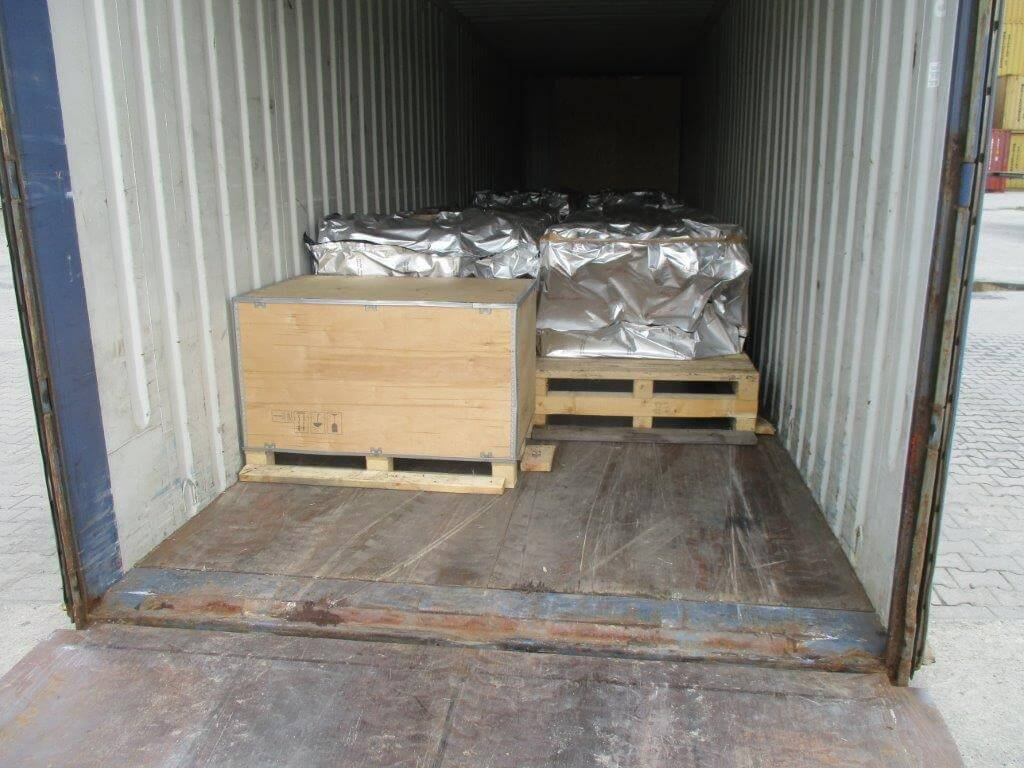
3. Light cargoes should be placed on cargoes of relatively heavy weight.
4.Cargoes with weak packing strength should be placed on those with strong packing strength.
5. Liquid and cleaning cargoes should be placed under other cargoes as far as possible.
6.Cargoes with sharp corners or protrusions should be covered to avoid damage to other cargoes.
There are usually three methods for the on-site packing of container cargoes: manual packing, fork-loading truck (forklift truck) moving into the container, manual stacking and mechanical packing. For example, fork-loading truck is used to stack pallets in the container.
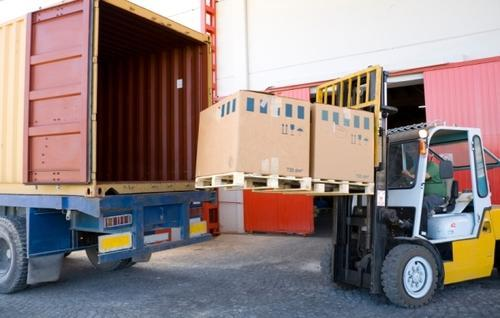
1. In any case, when the cargoes are loaded, the weight of the cargoes in the container shall not exceed the maximum loading capacity of the container, that is, the total volume of the container minus the dead weight of the container.
Under normal circumstances, the total weight and self-weight will be marked on the door of the container.
2. The unit bulk density of each container is certain, so when loading the same kind of cargoes in the container, we can determine whether it is heavy or light cargoes as long as we know the density of the cargoes.If the density of the cargo is greater than the unit bulk density of the case, it is a heavy cargo, otherwise it is a light cargo.Timely and clear distinction between the two situations is important to improve packing efficiency.
3. Balance the load on the bottom of the container during loading, especially strictly forbid the load center of gravity at one end.
4. Avoid the generation of concentrated load.
If heavy cargoes such as machinery and equipment are to be loaded, the bottom of the case should be covered with wood boards and other cushioning materials to disperse the load as far as possible.
The average safety load per unit area of the bottom surface of a standard container is approximately 1330x9.8N /m for a 20-foot container and 980x9.8N /m2 for a 40-foot container.
5. When using manual loading, please pay attention to whether there are "do not turn upside down", "flat", "vertical" and other loading and unloading signs on the package.Make sure to use the loading tools correctly and do not use hand hooks for baling.The cargoes in the case should be packed neatly and tightly packed.
For cargoes prone to loose bundling and fragile packing, use padding or insert plywood between cargoes to prevent cargoes from moving inside the case.
6. When loading pallet cargoes, the internal dimensions of container and the external dimensions of cargo packaging should be accurately grasped, so as to calculate the number of loading pieces, so as to minimize abandonment and load more cargoes.
7. When forklifts are used to load and unload trucks and containers, they will be limited by the free lifting height of the machinery and the height of the gantry.Therefore, if conditions permit, the forklift truck can load two layers at a time, but there must be a certain gap between the upper and lower layers.If the conditions do not allow loading two layer at a time, on the second floor when loading, considering the freedom of the fork lift the hoisting height and fork lift door frame may be lifting height, then set up high height should be the first layer of cargo door minus free hoisting height, so the second cargoes can be installed in the upper layer of cargoes of a third party.
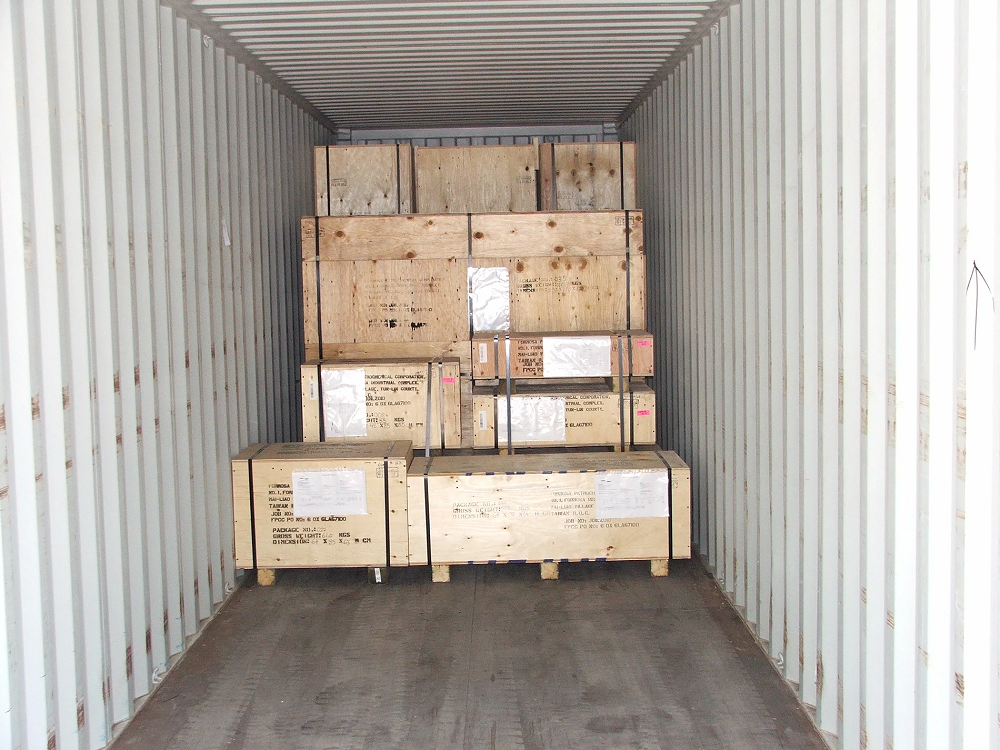
In addition, a fork loader with a normal lifting weight of 2 tons is generally used, and its free lifting height is about 1250px.However, there is also a fork loader with full free lifting height, which is not affected by the lifting height of the door as long as the height of the box allows, and can easily stack two layers of cargoes.In addition, it should be noted that the cargoes should be underlaid with padded wood so that the forks can be drawn out smoothly.
Finally, the cargoes had better not be naked, at least have packaging, do not blindly to save space and cause damage to the cargoes.General cargoes will also have packaging, only such as large machinery such as boilers, building materials and so on will be more troublesome, must be tied, tied tightly to prevent loosing.
Have you learned any of these packing tips?
If you want to know more about the foreign trade of freight forwarders, welcome to pay attention to us!
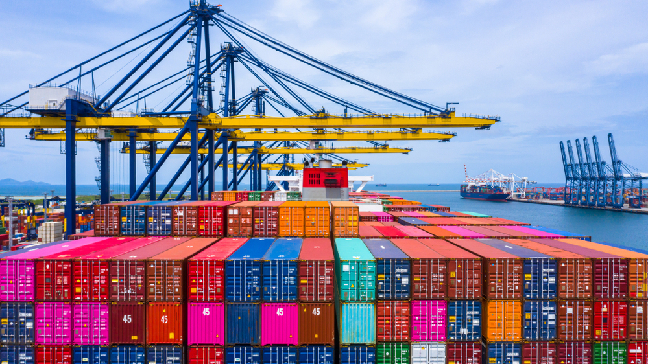

Dansk Bilspedition A/S
